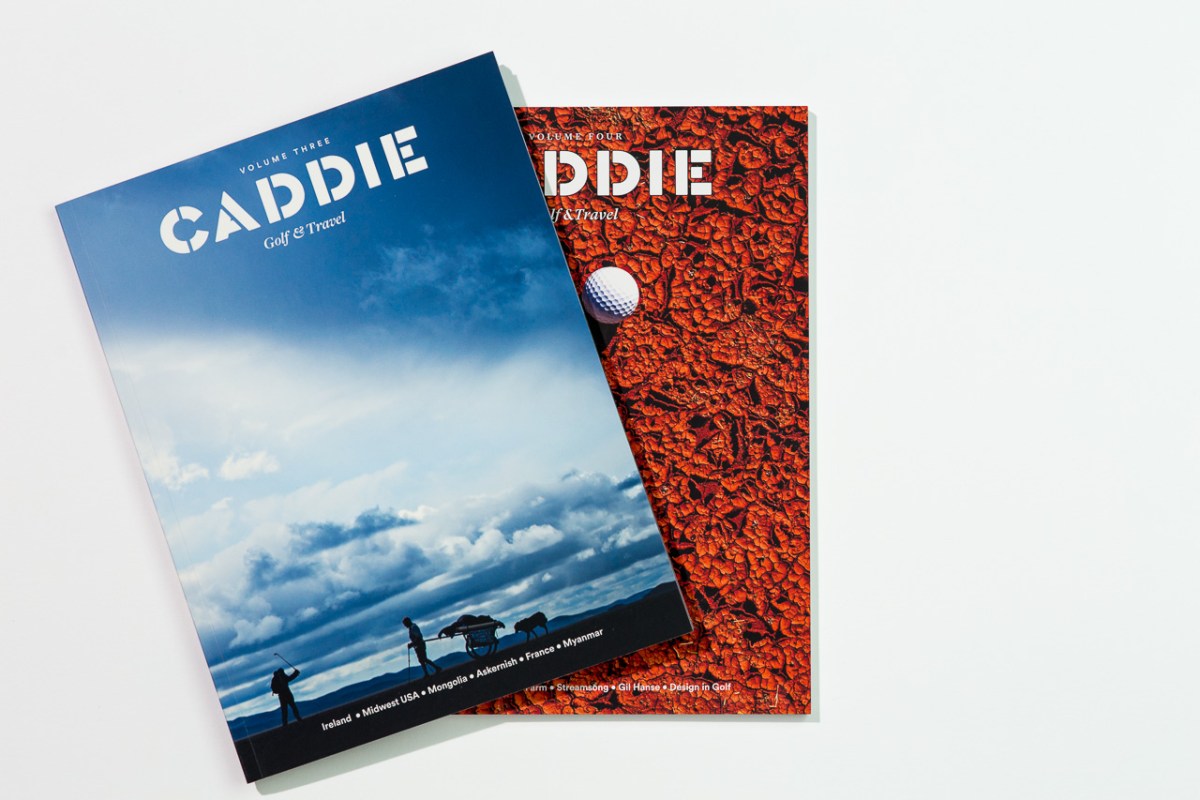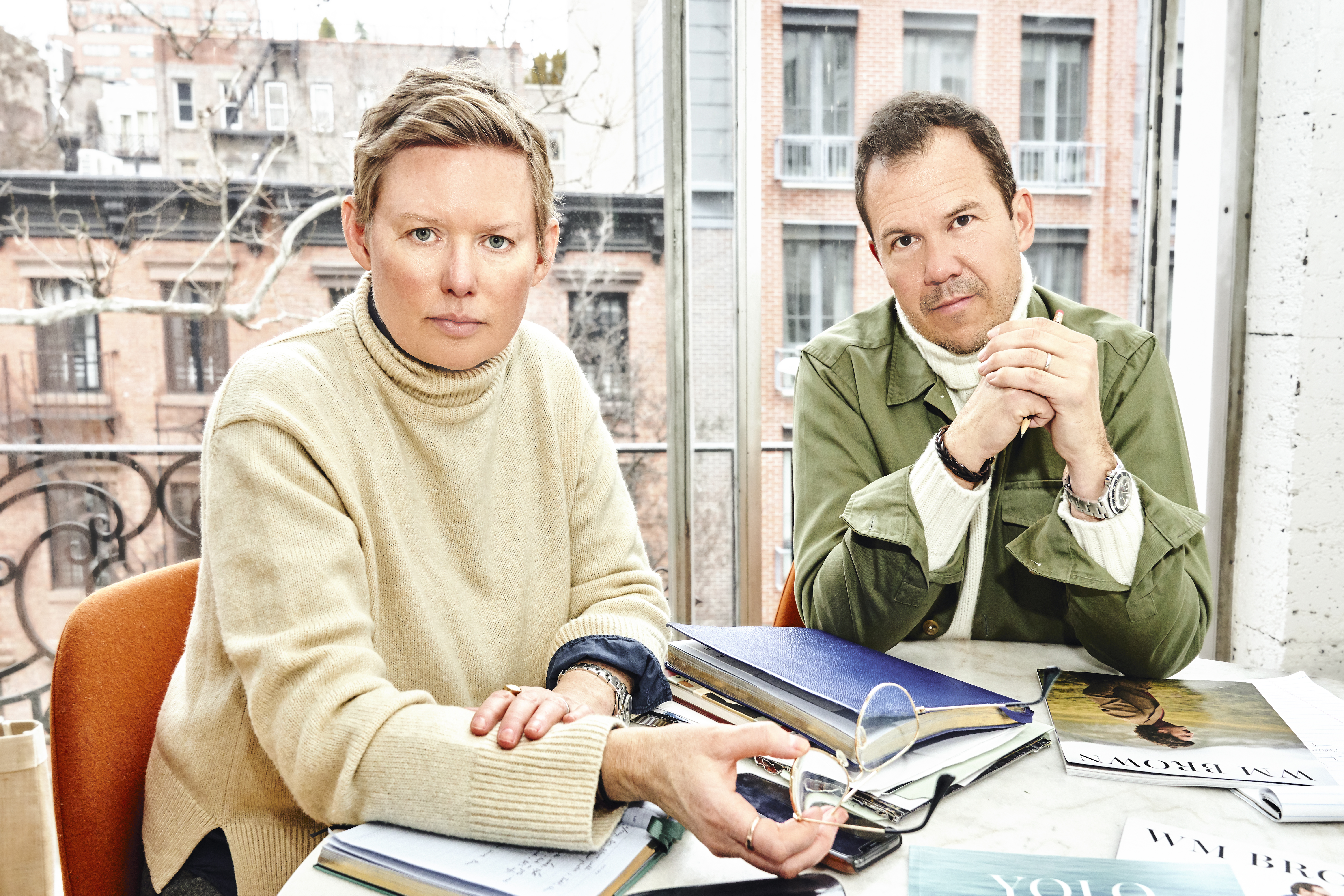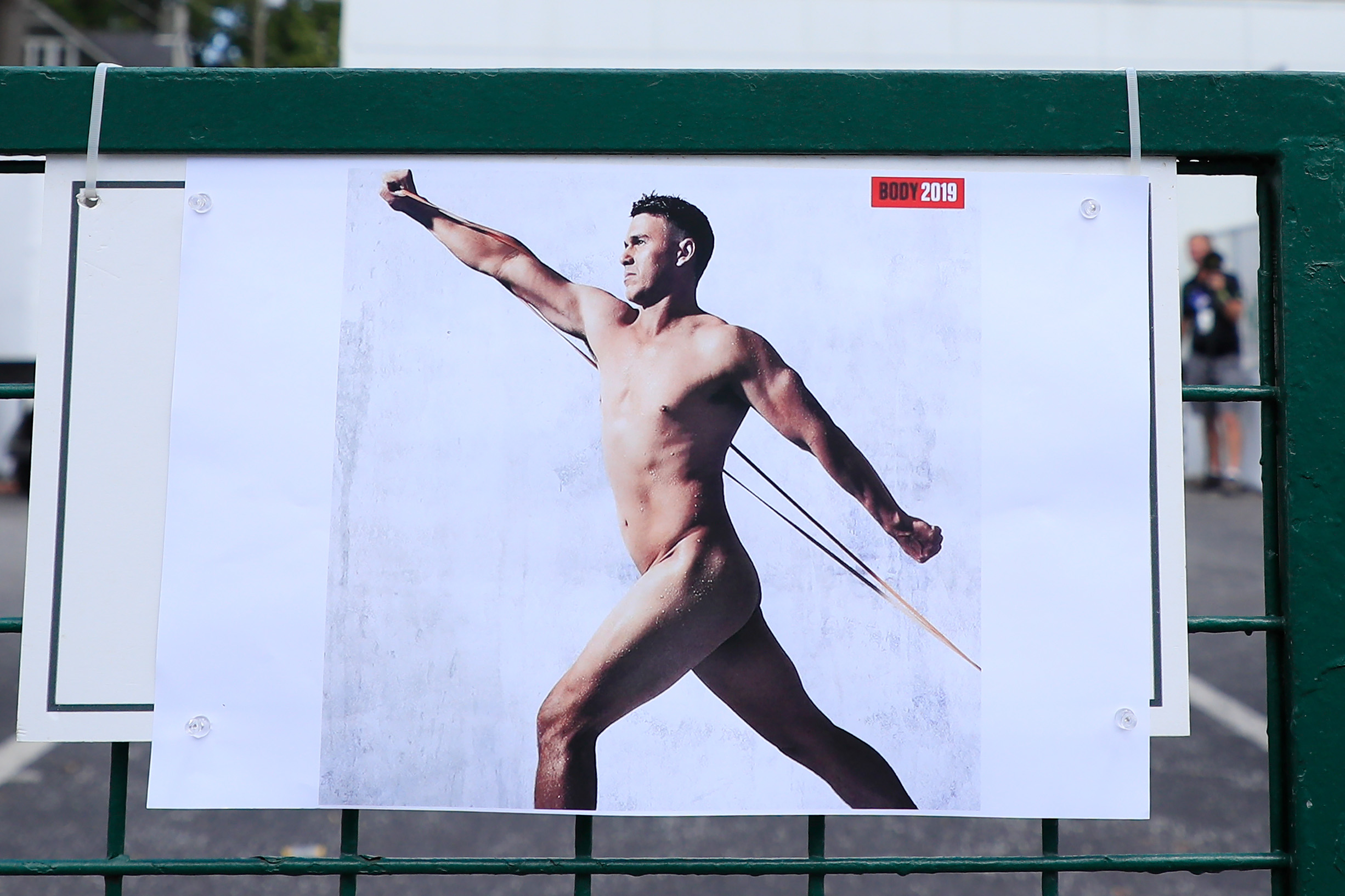When he was his in his early thirties, William Watt found that his interests were changing. That’s not uncommon — it’s a decade when plenty of people find themselves expanding their horizons. In Watt’s case, that came via a renewed interest in golf. A self-described “avid magazine reader” for most of his life, Watt set out to read all that he could about the game that had drawn his interest. But soon enough, Watt found himself disappointed in what was available to him.
“I started looking around for a golf magazine with a bit of style — something that didn’t just plonk a top 10 player on the cover and promise to ‘fix my swing with these three simple steps,’” Watt recalls. “I couldn’t find one anywhere, so I would just buy what was available and feed off the snippets of interesting stories hidden in amongst the ads and pro tour news which I didn’t care about.”
That sense of having to pick and choose articles that fit your interests is probably familiar to anyone who’s sought out writing in their personal areas of expertise. What Watt did next, however, is something most people don’t do: he started to think about launching his own publication.
“I knew there was so much more to the game than what I was reading — what about the architecture, the destinations, the intriguing stories from around the world thrown up by this great game?” he recalls “And then there was the thin, cheap paper stock, the quality of photography and design that was well below some independent titles from other industries that I was reading. It felt like golf was being disrespected.”
A delayed flight in 2016 provided the impetus for Watt to begin seriously thinking about his new venture. While waiting on the tarmac after boarding, Watt read the two golf magazines he had brought with him cover to cover. “I spent the rest of that three-hour flight writing down ideas for what I would want to read about, how it might look, who might want to be involved,” he says. “Just under 12 months later, our founding team put together a Kickstarter campaign to fund our first print run, and it’s just grown from there.”
That magazine is Caddie, a semiannual publication focusing on golf and travel. Its eighth issue is set for release in June; past issues have explored subjects like golfing in Australia’s outback and Ben Hogan’s forays into golf equipment experimentation. It’s the kind of specialized treatment a sport might not get elsewhere — a lovingly produced deep dive into the unsung heroes and overlooked spaces associated within a particular sport.
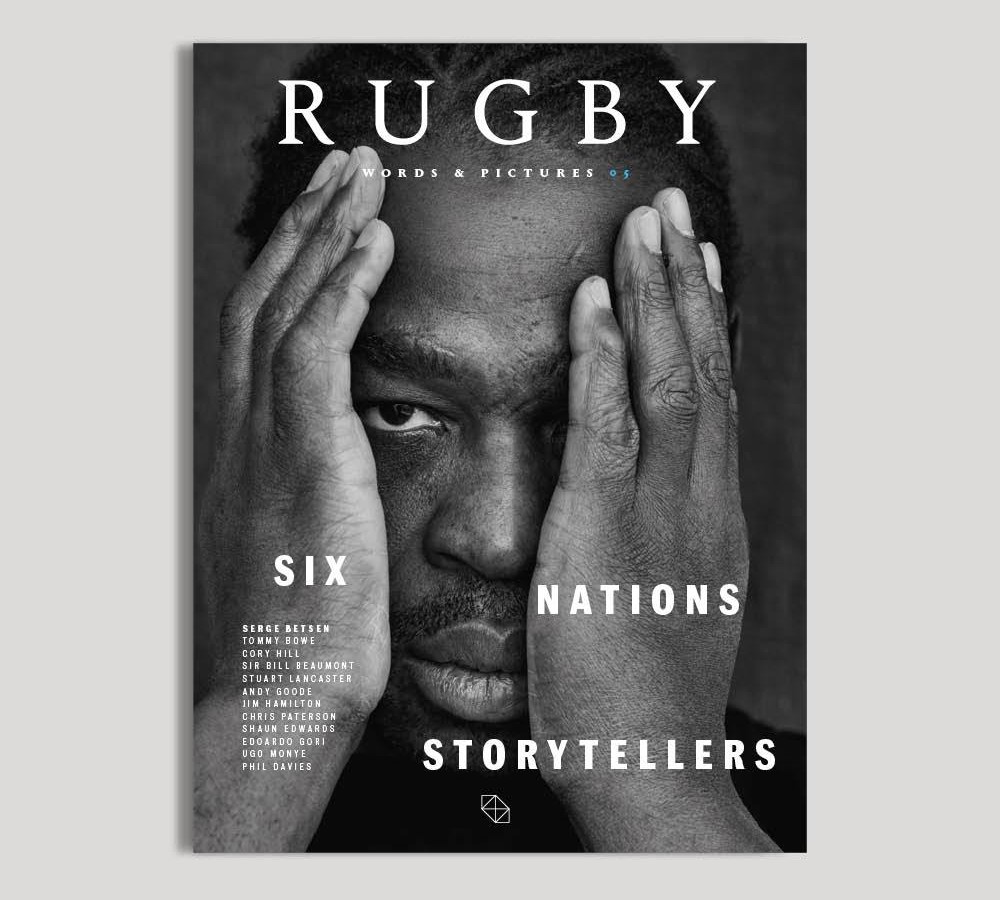
It’s also far from the only publication that fits that description. The number of — for lack of a better phrase — high-end independent sports magazines to arise in the last few years has been staggering. There are a few reasons for this; the rise of crowdfunding sites makes it easier for dedicated fans of a particular sport to come together to fund a new publication, for one thing.
Magazines like Caddie, Racquet, The Surfers Journal and Rugby Journal have all offered a sharp focus on a particular athletic pursuit. Like the Wind focuses on running, while The Drake offers its readers an in-depth look at fishing. And — perhaps unsurprisingly — soccer has provided the impetus behind countless independent magazines, including The Blizzard, Howler and Mundial.
While these specialty sports magazines exist in their own space, there are also some connections to the larger world of sports media. The Blizzard founder Jonathan Wilson regularly writes about soccer for The Guardian, and Howler founder George Quraishi left the publication for a role as the managing editor of The Athletic’s soccer coverage.
But there’s also a way in which these magazines have inspired one another, whether they’re upstarts relatively recently on the scene or decades-old mainstays like The Surfers Journal (founded in 1992).
Simon Freeman, co-founder & Editor of Like the Wind, is open about the publications that have inspired him — and which continue to do so. “When we started out, we looked at magazines in cycling (in particular Rouleur Magazine and The Ride Journal — now sadly not publishing), surfing (The Surfers Journal), skateboarding (Huck) and climbing (Alpinist Magazine),” he recalls. “Since then a number of other titles have launched that we continue to take inspiration from; chief amongst them is Sidetracked Magazine.”
For Freeman, the example set by those publications has inspired him to focus on covering the stories that he didn’t feel were being covered elsewhere. “[In] the past few editions we have had features on eating disorders amongst elite runners, the danger of air pollution for runners and the population as a whole, and the impact of the running industry on plastic pollution in our oceans, especially from synthetic clothing and plastic-based running shoes,” he says.
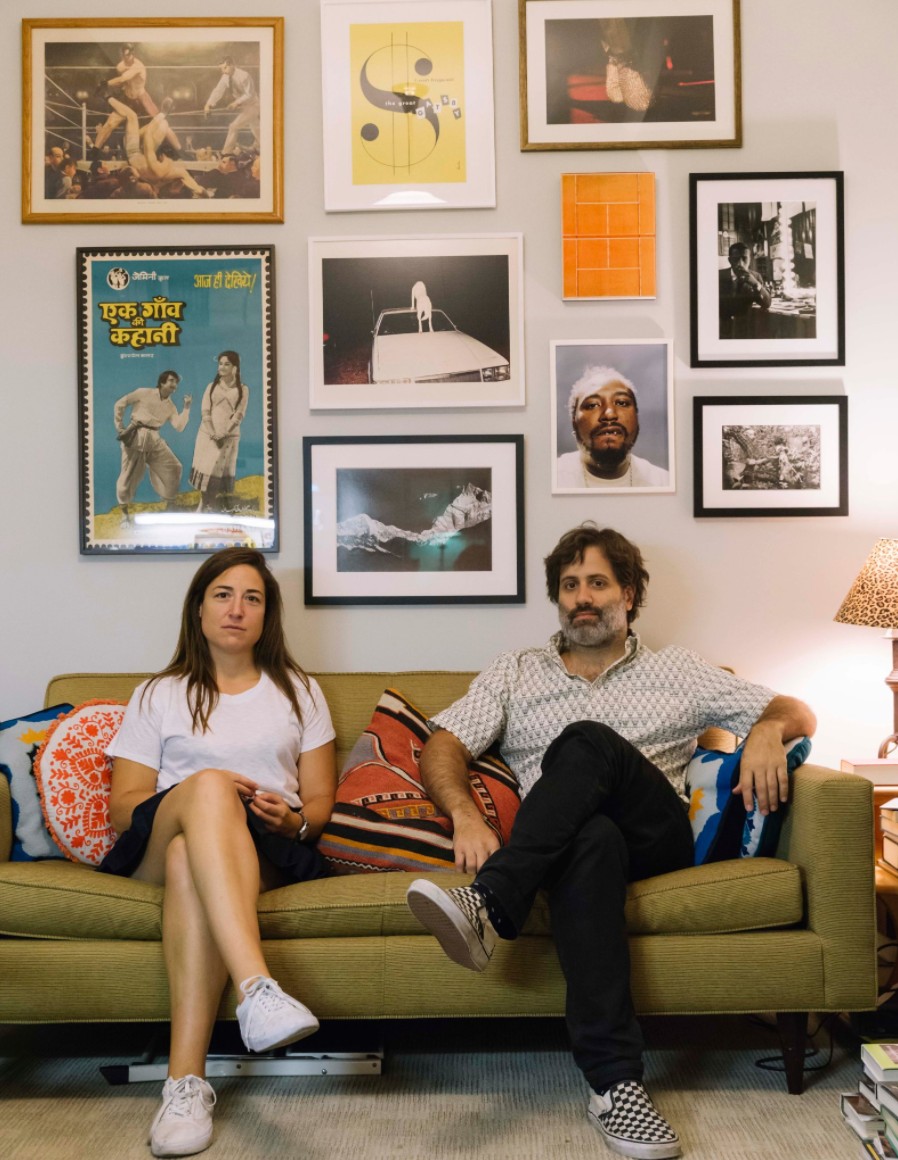
For some of the founders and editors, running magazines have helped them to reconnect with what first drew them to specific sports. Caitlin Thompson, publisher and co-founder of the tennis quarterly Racquet, talks about wanting to bring back some of the sport’s allure.
“Tennis isn’t newly cool, it’s always been cool, and that just got lost in the sauce because in the past 20 years, it became corporate and lame. Elitist messaging drowned everything else out,” Thompson says. “When we started, we wanted to emphasize how many ideas we had about the sport that could disrupt the super stale ecosystem and attract new fans.”
Thompson also spoke about the development of the magazine as part of one closely-connected community — and how it’s led to something larger. “We didn’t know what the container of all of those ideas would be until getting into the independent magazine world, centered around the London shop and community magCulture. So we started a print quarterly,” she recalls. “From there, developing audio, merchandise, collabs and digital as well as TV/film content were natural evolutions out of the storytelling we were so eager to bring to tennis.”
When asked about a representative work from Racquet’s archives, Thompson points to a particular convergence of sports and culture. “[O]ne that kind of nicely sums up what we’re about and how we’re trying to pull tennis and art and culture back into the same universe is commissioning professional tennis player Andrea Petkovic to go on tour with the band Tennis in Issue No. 6,” Thompson recalls.
“Not only is she a phenomenal writer and thinker — I wanna say she’s the poet laureate of the professional sports world — she really exemplifies how we’re trying to position the sport,” she continues. “By writing about how being on the road for sport and music collide and diverge, she can make those intra-cultural connections we’re so hungry to show.”
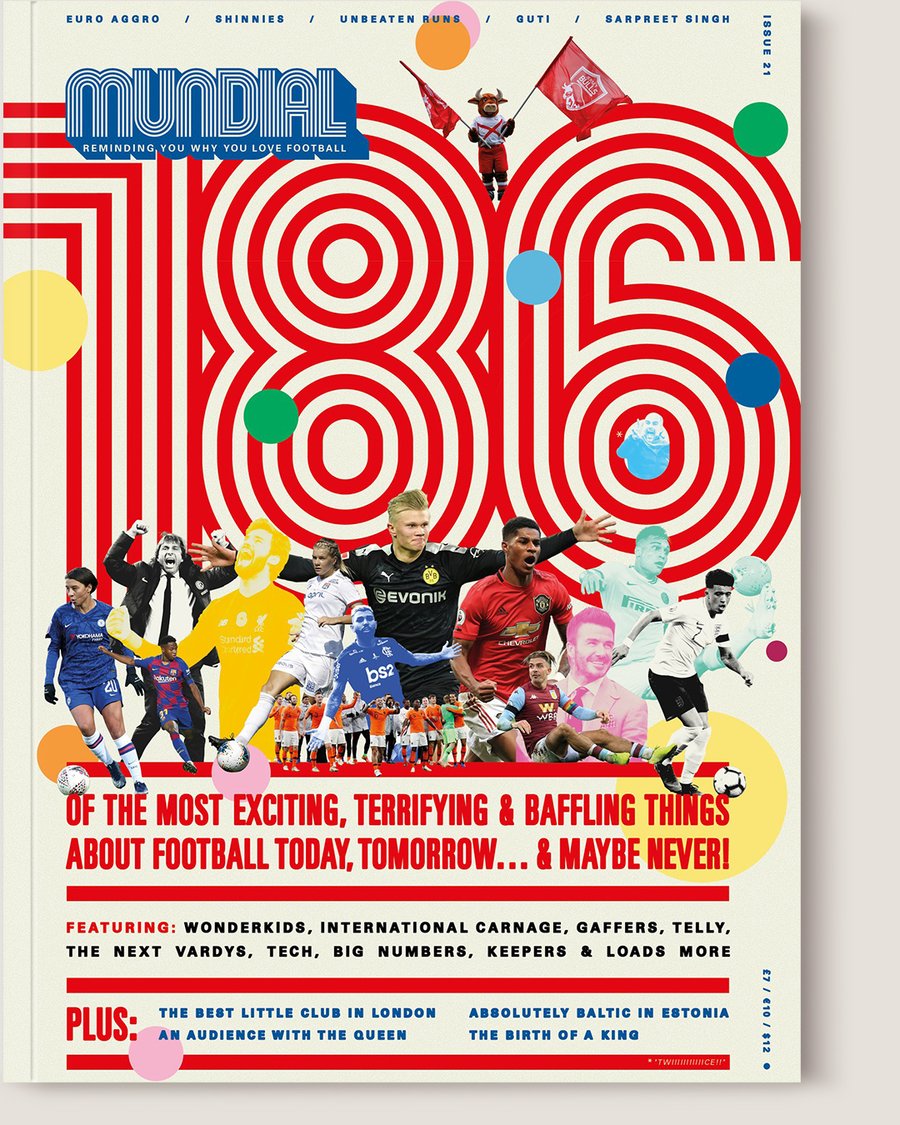
The enthusiasts who have founded magazines have complex relationships with the sports they cover — as journalists, as fans and sometimes as participants. Racquet’s Thompson spoke of growing frustrated with the sport after playing at the Division 1 level in college. “I stopped playing for almost a decade,” she recalls. “The world of Racquet has really allowed me and David [Shaftel, co-founder] to explore the parts we’ve always loved about tennis — the style, the personalities, the grimy or sublime corners or the world where it’s played, the art it inspires.”
As for Caddie’s William Watt, his work with the magazine has intensified his connection to golf, in his opinion. “If anything, it’s made me more curious about the game — golf has so many layers that have been fascinating to slowly uncover through the stories we cover,” he says. He also mentions ways of avoiding becoming too removed from the game. He says he has “some simple rules like playing every course we cover in full (without a camera in hand), and playing plenty of golf completely outside of the magazine or production work that we do,” all of which help keep him focused.
Over the course of his time running Like the Wind, Simon Freeman has seen the role of running in his own life change. Once, he ran competitively; now, he says, “I run for fitness and community.”
“Working on Like the Wind has shown me how important running is for so many people for many different reasons. And how it evolves over time,” Freeman says. “We see in the stories that every runner is on a journey during which there will be times when they are happy and fit and others when they are injured or life is getting in the way. But at the end of the day, running is a simple and really flexible activity. Which is why I believe it plays such a big part in people’s lives.”
Every sport has countless stories waiting to be told. Thankfully, more and more writers and editors are finding their own places to tell these stories — and, in some cases, creating beautiful objects along the way.
The Charge will help you move better, think clearer and stay in the game longer. Subscribe to our wellness newsletter today.
